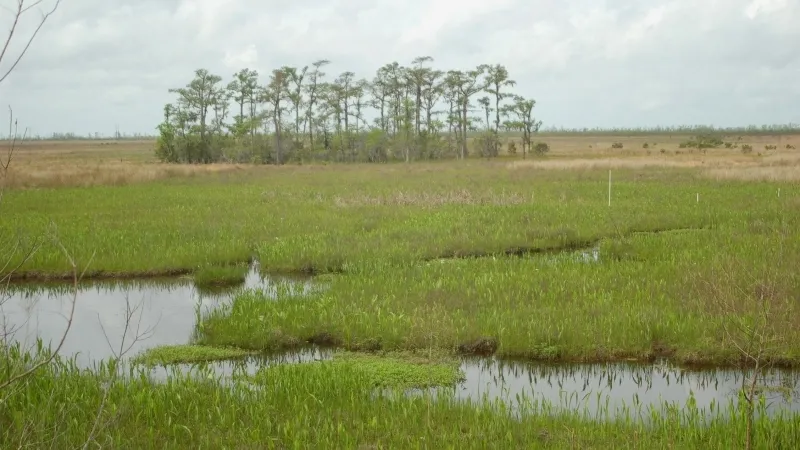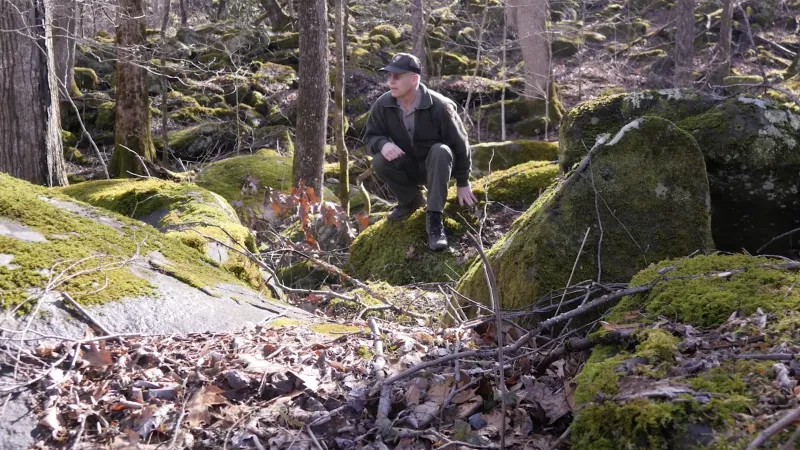A National Park Devoted to Jazz
New Orleans Jazz National Historical Park celebrates the living legacy of African American musical traditions. Join Outdoor Afro Founder and CEO Rue Mapp as she explores this unique park.
New Orleans is the greatest incubator of the jazz tradition. After the Civil War, ragtime brass bands sprung into popularity, drawing upon the syncopated rhythms taken from African American music. Brass bands playing in parades, processionals, rallies, and funerals, would be joined by followers exuberantly dancing and forming “the second line,” a tradition that carries on to this day.
The vivacious night life of the city, filled with dance clubs, corner saloons, and street parades, drew an influx of musicians eager for work and the surge in improvisational artists and an injection of the blues helped develop the early jazz sound. The style quickly spread as New Orleans musicians began to tour the country in the early 1900s and jazz records stormed the market.
Located in the heart of the French Quarter, New Orleans Jazz National Historical Park celebrates the living legacy of this distinct musical tradition. Park rangers lead a variety of programs, including hands-on demonstrations, lectures, and even live performances.
Produced by the National Park Service and National Park Foundation, this exciting video invites you to #FindYourPark / #EncuentraTuParque and to stand (and listen and dance!) where our heroes stood.



